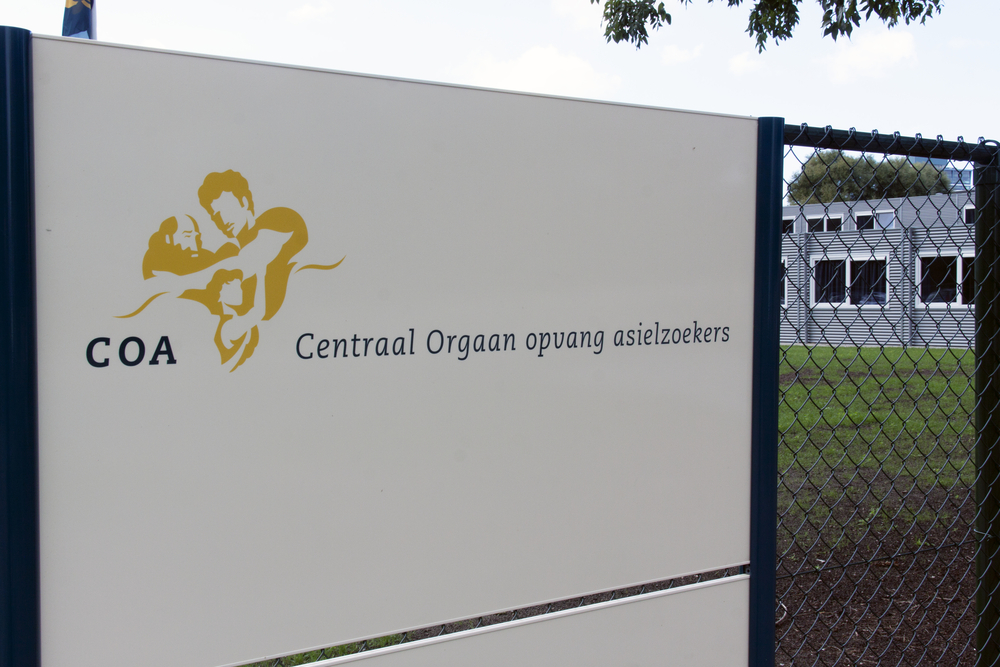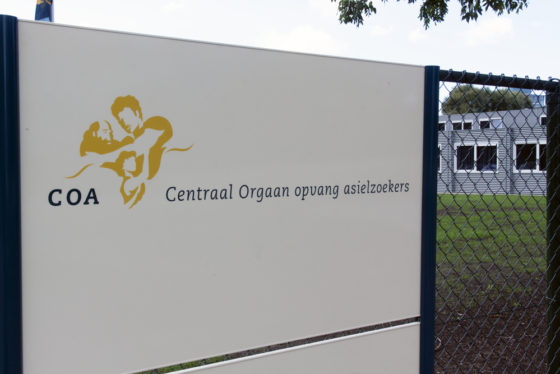Ministry expects 50,000 people to apply for asylum in 2023


The justice ministry says 50,000 people could apply for asylum in the Netherlands next year, putting further strain on a system that has been hamstrung by a stand-off between the cabinet and local authorities on how to accommodate them.
Figures obtained by the NRC show that authorities believe the number could be as high as 77,000 – more than in the previous peak year of 2015, when more than 43,000 people claimed asylum while another 13,900 were reunited with their families.
The figures were compiled for an asylum summit last month between the justice ministry, the accommodation agency COA, the immigration service (IND) and the police.
Junior minister for asylum Erik van der Burg has been struggling to find ways to relieve the overspill at the refugee reception centre in Ter Apel, where thousands of people had to sleep on the grass verge outside the building over the summer.
Only one of the 345 municipalities responded to Van der Burg’s latest appeal to find an extra 1,700 beds for underage asylum seekers by the end of the year. There are currently 300 unaccompanied minors living in Ter Apel, which only has space for 55.
The children’s ombudsman said two weeks ago that on her last visit to Ter Apel she found children sleeping in chairs or on the ground, brushing their teeth with their fingers because of a lack of sanitary facilities, and girls sleeping in the same room as boys.
Emergency accommodation
Nearly 30,000 refugees are currently living in emergency accommodation such as sports halls, ferries, converted offices and holiday parks.
Research by RTL Nieuws last month showed that only around 150 municipalities had provided any accommodation in the last 10 years, including just three of the wealthiest 25.
The justice ministry expects the demand for more places to grow next year because many applications are from citizens of countries such as Syria, Afghanistan and Turkey, who have a higher chance of meeting the Dutch criteria for refugee status.
Ukrainian refugees, who are covered by separate arrangements, are not included in the figures.
Quota system
The COA says there are currently more than 48,000 people living in asylum seekers’ accommodation, but the number could grow to 63,000 by the end of next year.
The number includes around 16,500 people who have been granted refugee status – known in Dutch as statushouders – which entitles them to permanent accommodation, but who are still waiting for a place to live.
Van den Burg had been due to present legislation to parliament which would allow the government to force local authorities to accept refugees under a quota system, but the deadline of October 1 has been missed. He now aims to have the law passed by January 1.
The minister has also been ordered by a court to improve living conditions for refugees to meet its international obligations. The government has appealed against the decision, but the district court in The Hague said it must implement measures in the meantime.
Thank you for donating to DutchNews.nl.
We could not provide the Dutch News service, and keep it free of charge, without the generous support of our readers. Your donations allow us to report on issues you tell us matter, and provide you with a summary of the most important Dutch news each day.
Make a donation